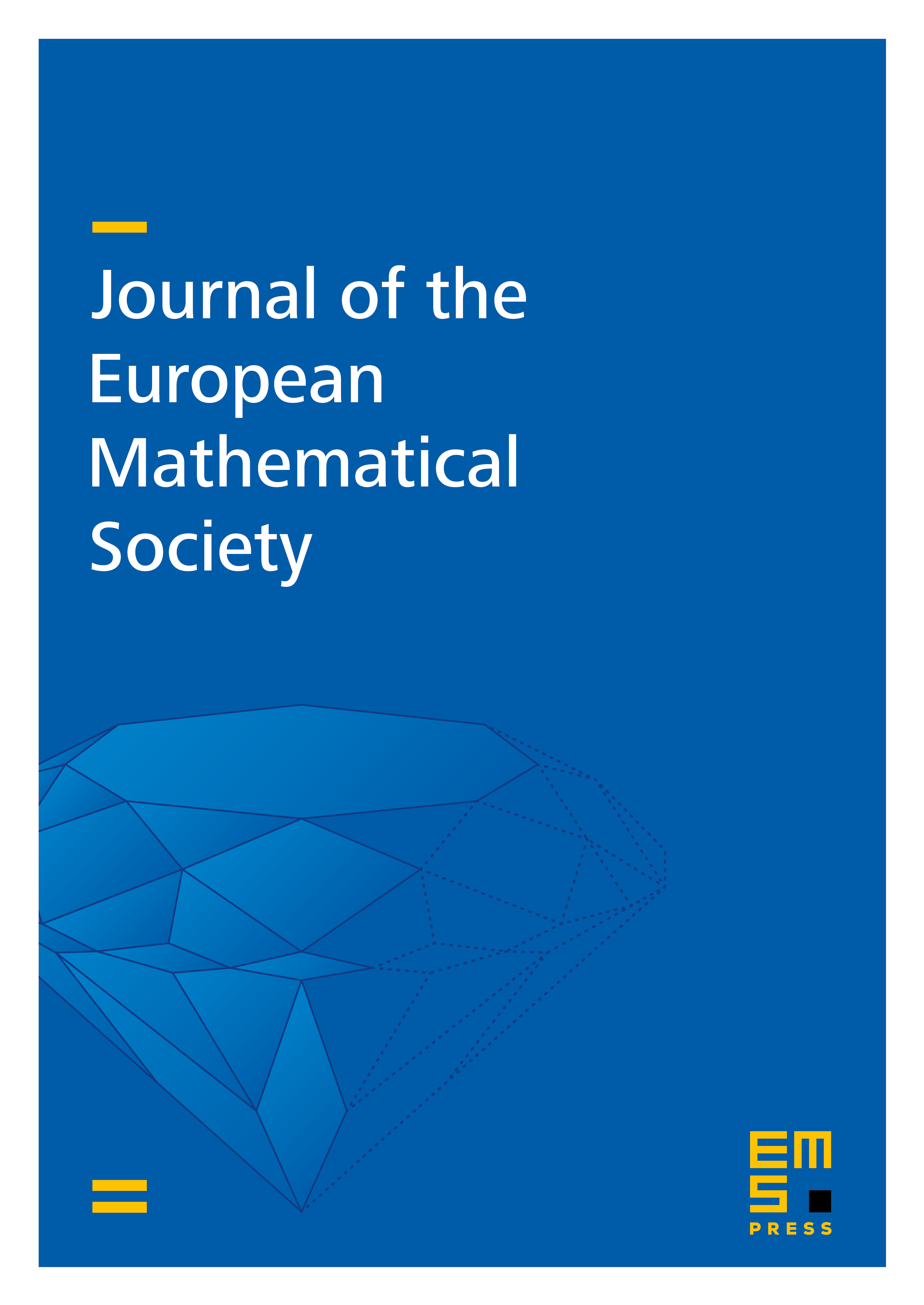Sum-product theorems and incidence geometry
Mei-Chu Chang
University of California, Riverside, United StatesJozsef Solymosi
University of British Columbia, Vancouver, Canada

Abstract
In this paper we prove the following theorems in incidence geometry.
- There is such that for any , and , if there are many distinct lines between and for all , then are collinear. If the number of the distinct lines is , then the cross ratio of the four points is algebraic.
- Given , there is such that for any noncollinear, and , if there are many distinct lines between and for all , then for any , we have distinct lines between and
- Given , there is such that for any collinear, and (respectively, ), if there are many distinct lines between and for all , then for any not lying on the line , we have at least (resp. ) distinct lines between and .
The main ingredients used are the subspace theorem, Balog–Szemerédi–Gowers Theorem, and Szemerédi–Trotter Theorem. We also generalize the theorems to high dimensions, extend Theorem 1 to , and give the version of Theorem 2 over .
Cite this article
Mei-Chu Chang, Jozsef Solymosi, Sum-product theorems and incidence geometry. J. Eur. Math. Soc. 9 (2007), no. 3, pp. 545–560
DOI 10.4171/JEMS/87